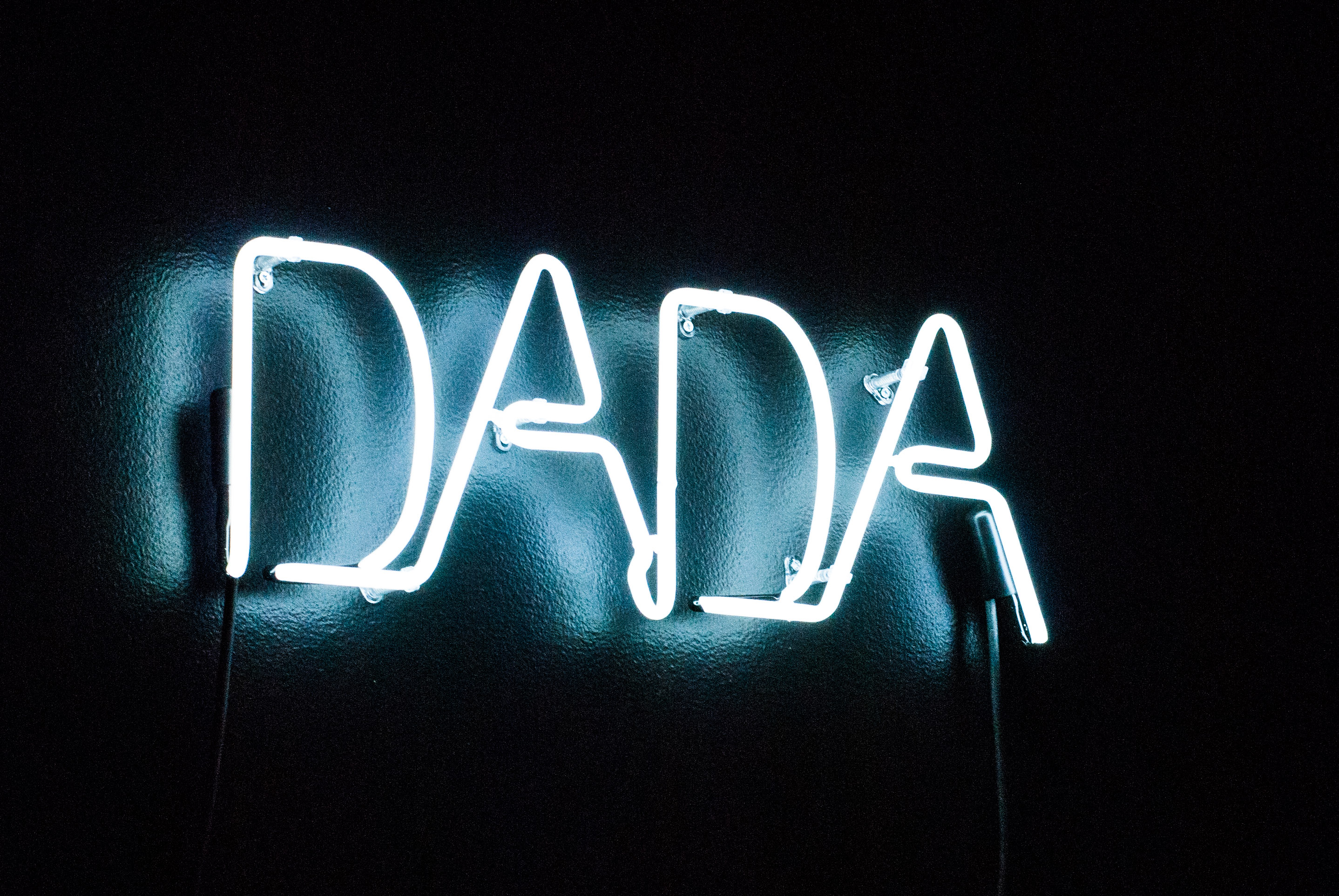
This year, Dada will celebrate its 100th birthday with an exhibition at the Yale University Art Gallery.
“Everything is Dada” aims to explore Dadaism’s continued relevance for contemporary audiences, drawing on the gallery’s permanent holdings to bring together pieces by some of Dada’s most notable figures. The show is accompanied by a program of events that includes a Dada-themed ball, an “un-symposium” and a series of gallery talks, all geared toward providing visitors with an unconventional and interactive Dada experience in line with the values that inspired the movement’s initial practitioners. Frauke Josenhans, the exhibition’s curator, stressed the show’s focus on making important Dadaist works from the YUAG’s collection of early–20th-century art accessible to the public.
“This is really a time for us to celebrate Dada with works from our collection, [as] we’re one of the very few institutions in the United States with such a rich collection of Dada works,” Josenhans explained. “I wanted to engage the audience with Dada and think about how Dada can translate to our contemporary world, how its spirit can be brought to our society.”
The exhibition is organized into thematic modules rather than by a geographic or chronological progression, Josenhans said. Sections dedicated to Dadaist circles in New York City and Zürich — which include multimedia works by Marcel Duchamp and Louis Michel Eilshemius, lithographs by George Grosz and rayographs by Man Ray -— coexist with various “interactive” elements, like a spinning platform that allows visitors to experience a set of prints in mock animation, a listening station with recordings of Dada poetry and a screening room featuring snippets from Dada movies. A “playfully” decorated corridor, with a design Josenhans said evokes themes of “sense and nonsense,” was created in collaboration with graduate students in the School of Art’s graphic design program.
The choice to allow such diverse media to coexist in a single exhibition is true to the Dada aesthetic, Josenhans said.
“[The artists] believed that everything is art and that everyone can be an artist,” she explained. “They took whatever they found, everyday objects, and transformed them into art.”
Molleen Theodore, the gallery’s assistant curator of programs, added that the show’s interactive component pays tribute to Dada’s origins in performance art. One section of the exhibition is shrouded in red velvet curtains, which conceal abstract watercolor sketches by Beatrice Wood and offer a nod to the cabaret in which the artistic movement was born, Theodore noted.
Given Dada’s origins, Theodore said, curators thought it was important that performance be represented in the exhibition.
“The visual arts are important, but [Dada] began as a performative response to what was going on in the world,” she explained. “It seemed absolutely critical that the performance aspect of this exhibition was robust and was evidence of the absurdity of the movement during its time.”
Christopher Sleboda, the YUAG’s director of graphic design, said he thinks some of the works on display — despite having been produced a century ago — feel as if they “could have been created two weeks ago.”
Sleboda emphasized, in particular, the opportunity the show presents for gallery visitors to engage closely with such works, and to consider their relation to a contemporary moment.
“This show is a great opportunity for the community to see some of these works, to consider the various themes that Dada artists engaged with and grapple with how Dada continues to impact art and culture a hundred years after the movement’s birth,” he said.
“Everything is Dada” will remain on view through July 3.







